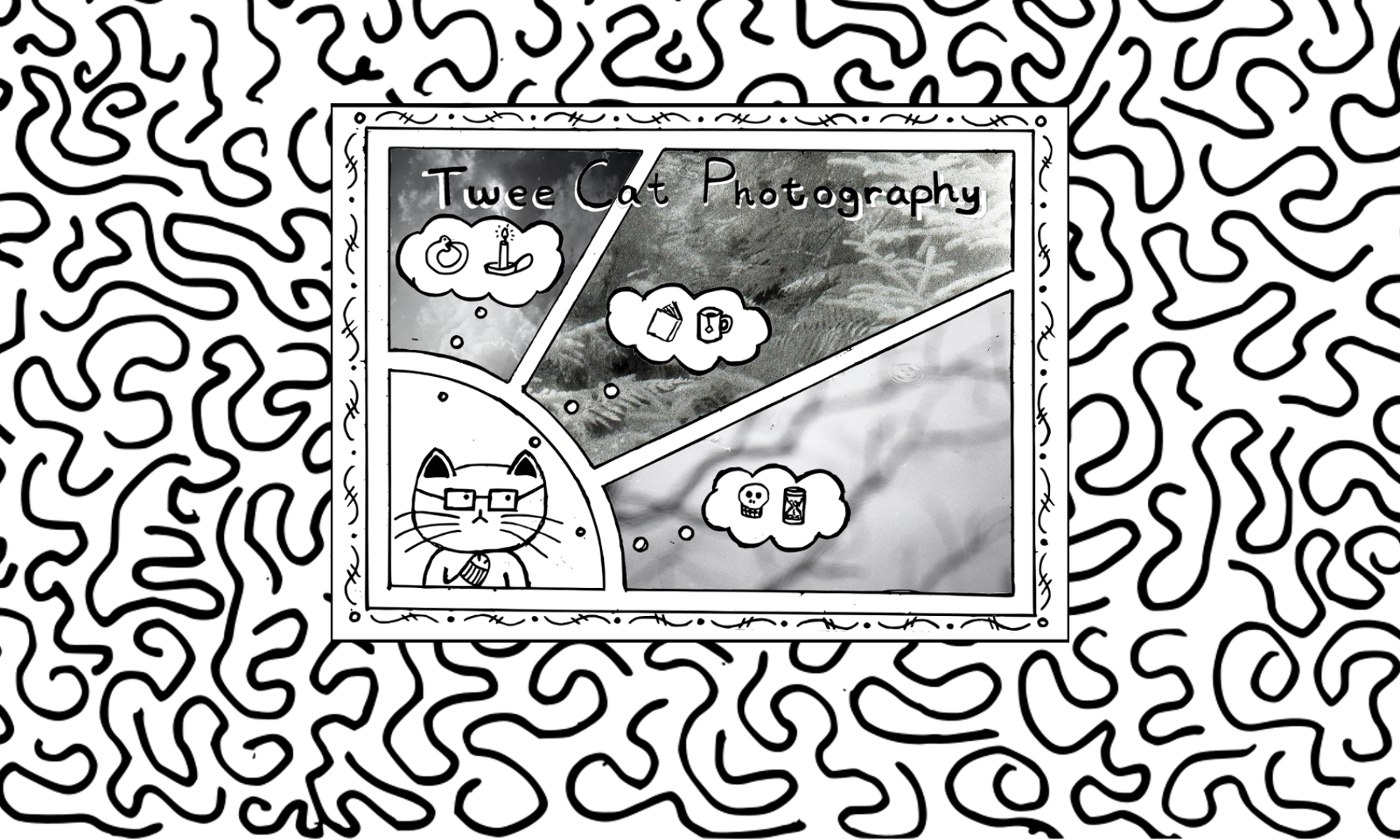You can take your pick. My personal preference is the last image. I like all three for different reasons, so I’ve posted all three.
The technicalia – Mamiya C330, Sekor 105mm DS, Rollei Superpan 200 developed in Rodinal 1:50 for 17 minutes. The exposures are all at the same EI compensating for filter factor to give you some idea of what you’re looking at. This was to test how the film would respond to these various methods of exposure. The first two are relatively standard ways of treating infrared sensitive film. Superpan 200 is in fact quite sensitive to infrared light. The data sheet describes it as being sensitive to 750nm, but if you look at the spectral response curve, it shows that the film has some sensitivity up to almost 820nm. If you compare the published data on Rollei Infrared, which is marketed as an infrared film, and the other Rollei films which are in fact repackaged aerial films (i.e. Pan 400/’Retro 400s’, Pan 200/’Superpan 200′, Pan 80/’Retro 80s’), you will find that the spectral sensitivity is quite similar. All of these are useful and interesting films and all can be treated as infrared film stock if you are so inclined. They are not at all the same. They have quite a different look when compared with one another even though the spectral response is similar.
The last frame adds a 10 stop ND filter, which explains the blurring and also the slight overexposure, which I think adds to the overall effect. It is difficult to judge the amount of infrared light in any scene, and adding an ND filter makes this difficult for another reason – ND filters often pass infrared light at a higher rate than other wavelengths. My guess is that this is the case here. I would guess that for the sake of this filter/film combination, you should probably assume that the filter takes eight stops instead of ten, but this depends on the angle of the sun and amount of infrared light, so it isn’t that simple.




